E3. 9 Al-Shawarbi Passageway
| Superblock: | E. Al-Shawarbi Superblock |
| Genealogy: | Informally pedestrianized |
| Morphology: | 2 Entrances - straight perpendicular |
| Area: | 271m2 |
| Average Width: | 4.5m |
| Length: | 35m |
| Total number of premises: | 13 |
| Dominant activities: | Retail |
Al-Shawarbi Palace Passageway is better known for selling jeans than for its palaces, yet a palace exists. Small in stature, the remains of this Mamluk-style house can be seen at the first side alley off al-Shawarbi Palace Passageway when entering from al-Shawarbi Passageway. The person responsible for the structure was a young Frenchman named Alphonse de Gleon, who came to Cairo in the 1860s to seek his fortune, and made it selling ice and beer to the heat stricken Europeans living in the city. In 1872, he used his fortune to build this villa, and keeping with the oriental fashion that was in vogue with the Europeans at the time, built a Haramlik as the main house, and a Salamlik as his guesthouse. Alphonse, who came from an aristocratic family, was a fashionable young man who collected art and befriended artists. His salamlek, long since demolished, soon became a free lodging house for artists, a sort of artist in residence program. Al-Shawarbi family then later bought it; hence the name by which it is now known, and later housed the Italian Embassy. The villa is one of the very few remaining examples of Khedive Ismael’s initial Ismaelia development, whereby if you had 30,000 francs and could develop your property within 18 months, the land was given for free.
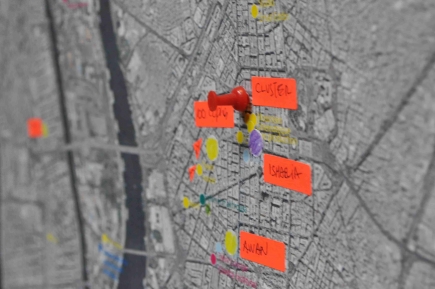
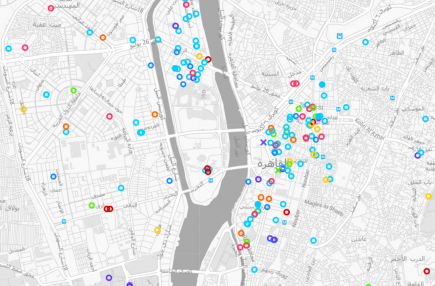
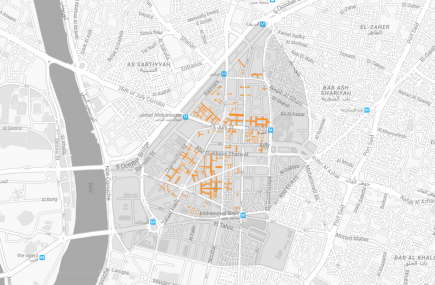
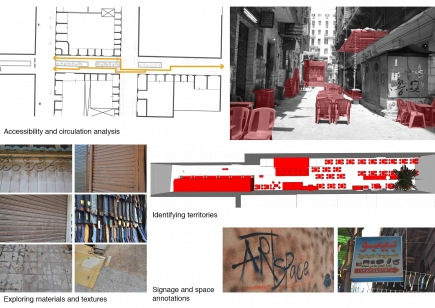
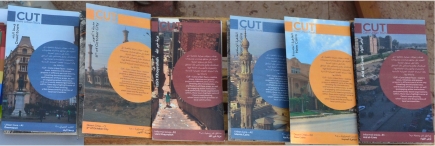
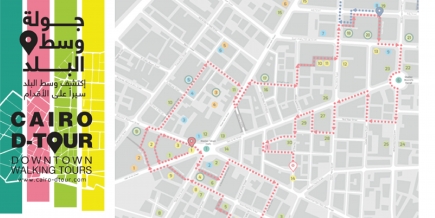
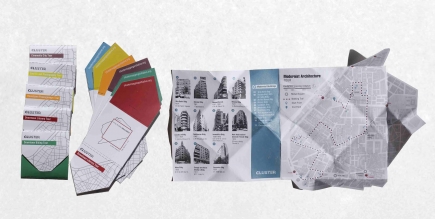

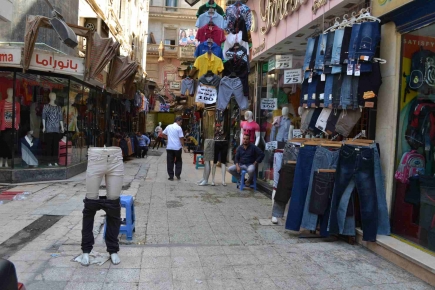
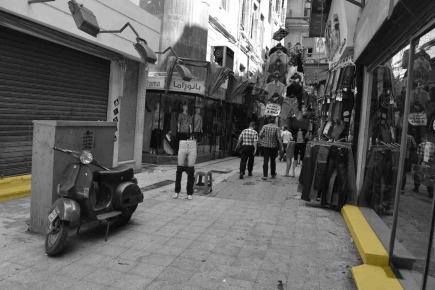
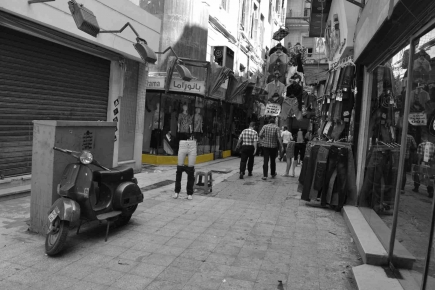
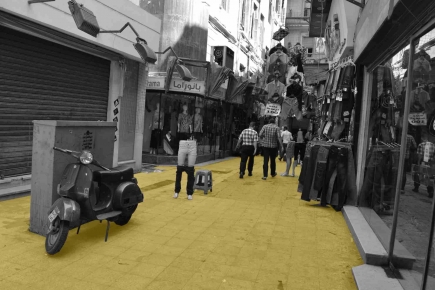
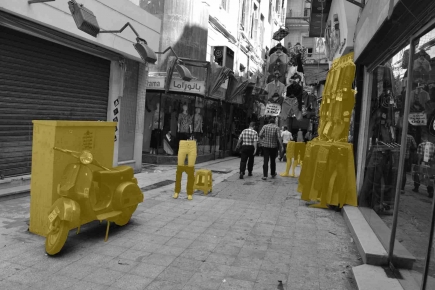
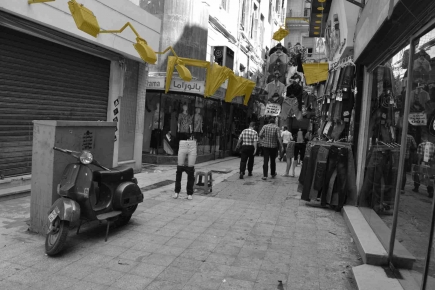
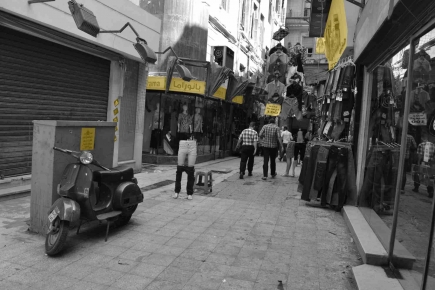
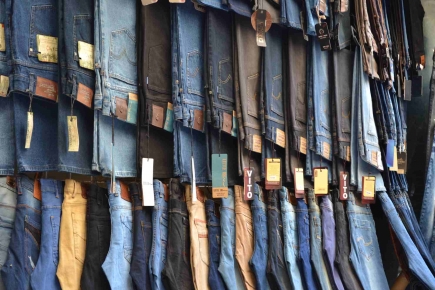

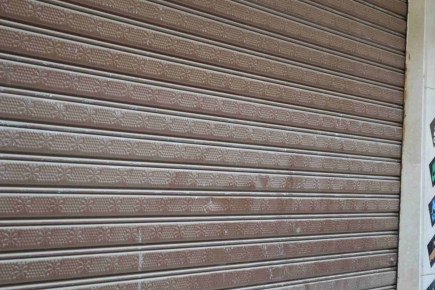
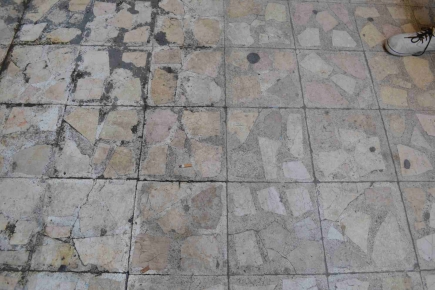
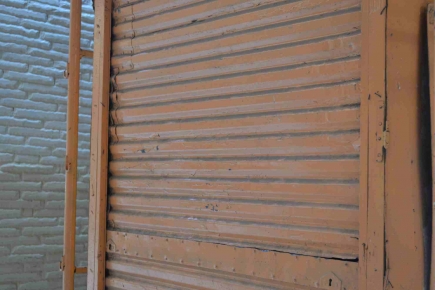
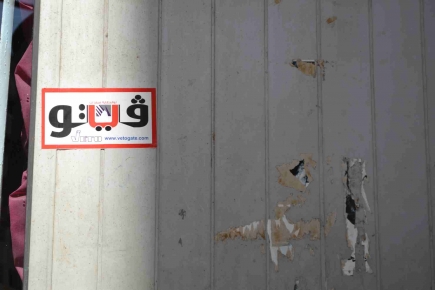
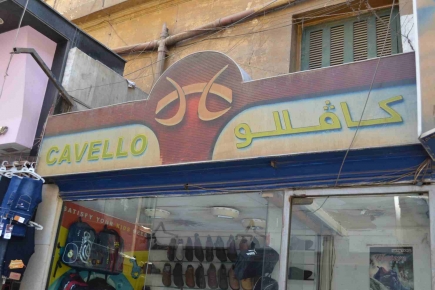
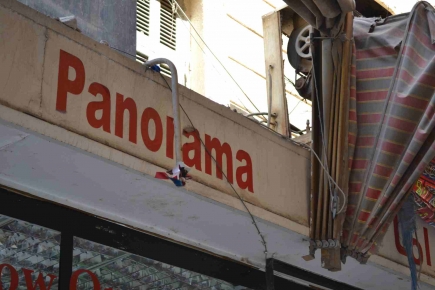
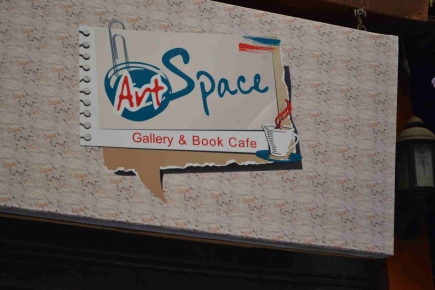
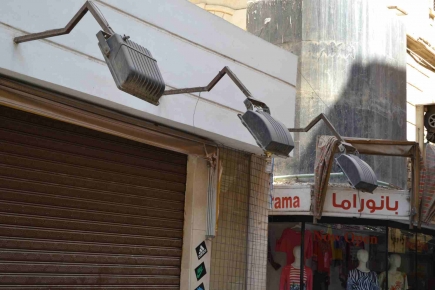
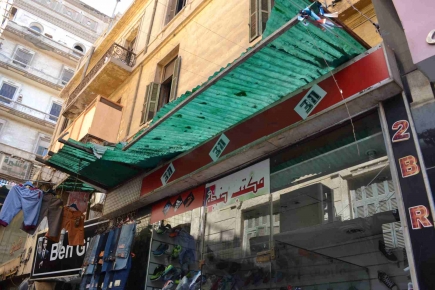
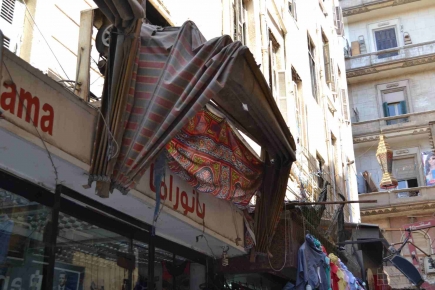
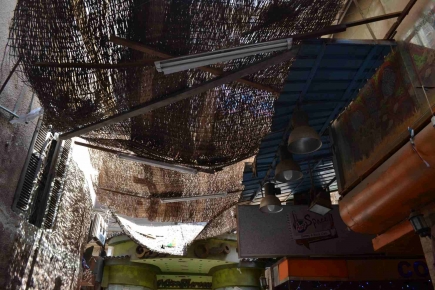
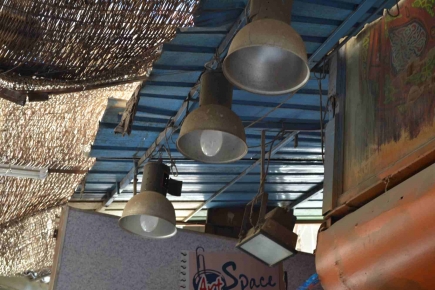
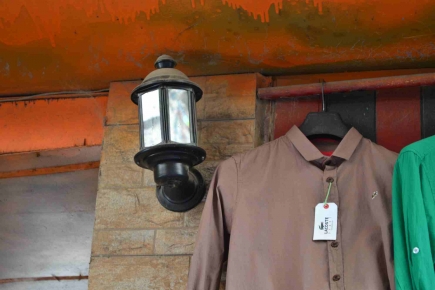
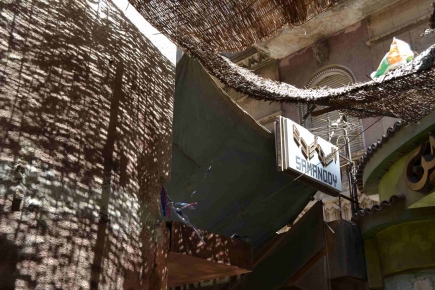
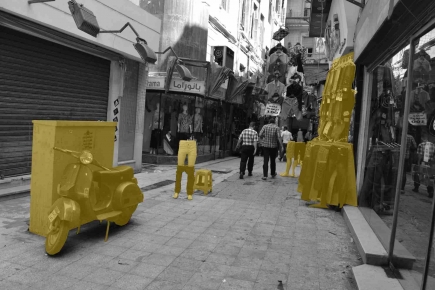
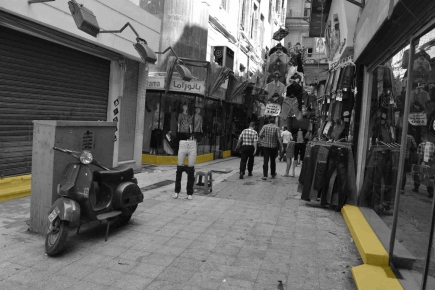
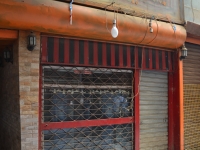 Silvana
Silvana 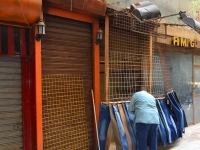 Art Space
Art Space 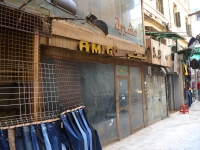 Amigo
Amigo 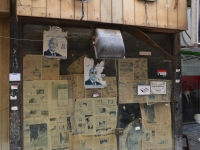 A&B
A&B 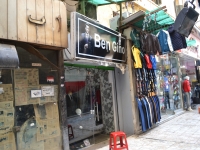 Ben Gino
Ben Gino 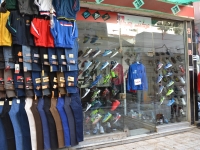 Daggah Bookstore
Daggah Bookstore 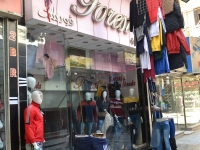 Forest
Forest 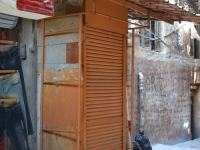
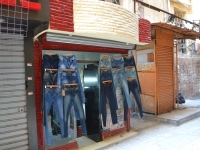
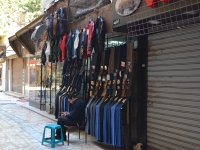 محل لبس
محل لبس 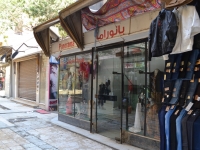 Panorama
Panorama 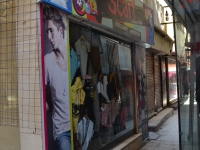 Scarf
Scarf 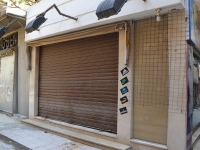 Clothing Store
Clothing Store